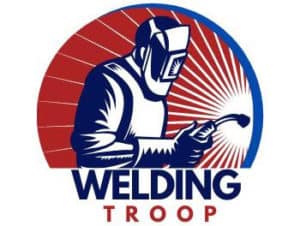If you own an Infiniti vehicle equipped with an intelligent key system, you may encounter a frustrating situation where your key fob is not detected by the car, making it impossible to start the...
RECENT POSTS
Are you aware that your Lexus key fob holds more secrets than just locking and unlocking your car doors? These small devices come equipped with hidden features that can greatly enhance your driving...
Have you ever wondered why Nissan radio is not working and how to fix that? Well, we got you covered. If you're a Nissan car owner, you know how important the radio is for your driving experience....
Have you ever wondered why Tesla tuneln is not working and how to fix that? Well, we got you covered. Tesla owners who enjoy listening to their favorite radio stations or podcasts on TuneIn may...
Have you ever wondered why Tesla touchscreen is unresponsive and how to fix that? Well, we got you covered. In today's digital age, technology plays a crucial role in our everyday lives, and this...
Tesla vehicles are known for their advanced technology features, including the ability to connect to Wi-Fi networks. However, like any other device, Tesla cars may encounter connectivity issues with...
